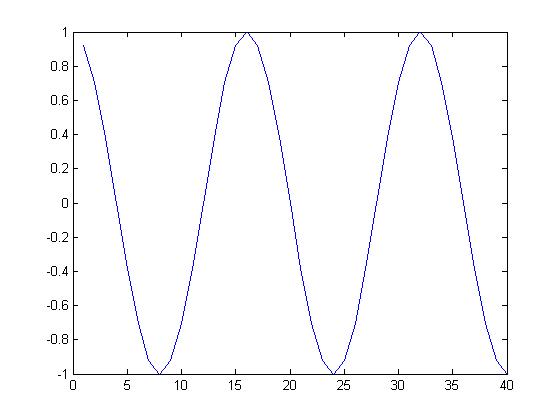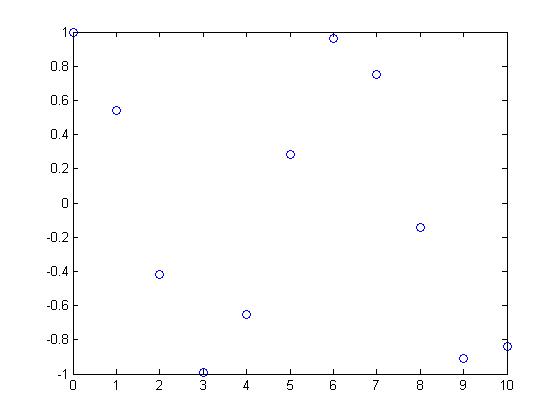(→Periodic Functions) |
|||
| (One intermediate revision by one other user not shown) | |||
| Line 1: | Line 1: | ||
| + | =Periodic versus non-periodic functions ([[Homework_1_ECE301Fall2008mboutin|hw1]], [[ECE301]])= | ||
| + | <span style="color:green"> Read the instructor's comments [[hw1periodicECE301f08profcomments|here]]. </span> | ||
| + | |||
== Periodic Functions == | == Periodic Functions == | ||
| Line 7: | Line 10: | ||
This sine wave function repeats itself every period of :<math> 2*\pi,\!</math> | This sine wave function repeats itself every period of :<math> 2*\pi,\!</math> | ||
| − | [[Image: | + | [[Image:Periodic_ECE301Fall2008mboutin.jpg|frame|center|Periodic function <math>f(x) = sin(x)</math>. The graph consists of copies of the values <math>T = 0</math> to <math>T = 2*\pi</math>.]] |
| + | |||
| + | == Non-Periodic Functions == | ||
| + | |||
| + | The Function :<math>f(x) = cos(e^x)\,\!</math> is non-periodic since the graph does not consist of copies of one part of the graph positioned one after the other. | ||
| + | |||
| + | [[Image:Nonperiodic_ECE301Fall2008mboutin.jpg|frame|center|Non-Periodic function <math>f(x) = cos(e^x)</math>. The graph has no visible repeated copies of one part of the graph.]] | ||
| + | |||
| + | |||
| + | == Sources == | ||
| + | |||
| + | http://en.wikipedia.org/wiki/Periodic_function | ||
Latest revision as of 07:13, 14 April 2010
Contents
Periodic versus non-periodic functions (hw1, ECE301)
Read the instructor's comments here.
Periodic Functions
A Periodic Function is a function where the entire graph is formed from copies of a particular portion at specified intervals.
The Function :$ f(x) = sin(x)\,\! $ is a periodic function with a Period :$ T = 2*\pi\,\! $.
This sine wave function repeats itself every period of :$ 2*\pi,\! $
Non-Periodic Functions
The Function :$ f(x) = cos(e^x)\,\! $ is non-periodic since the graph does not consist of copies of one part of the graph positioned one after the other.



